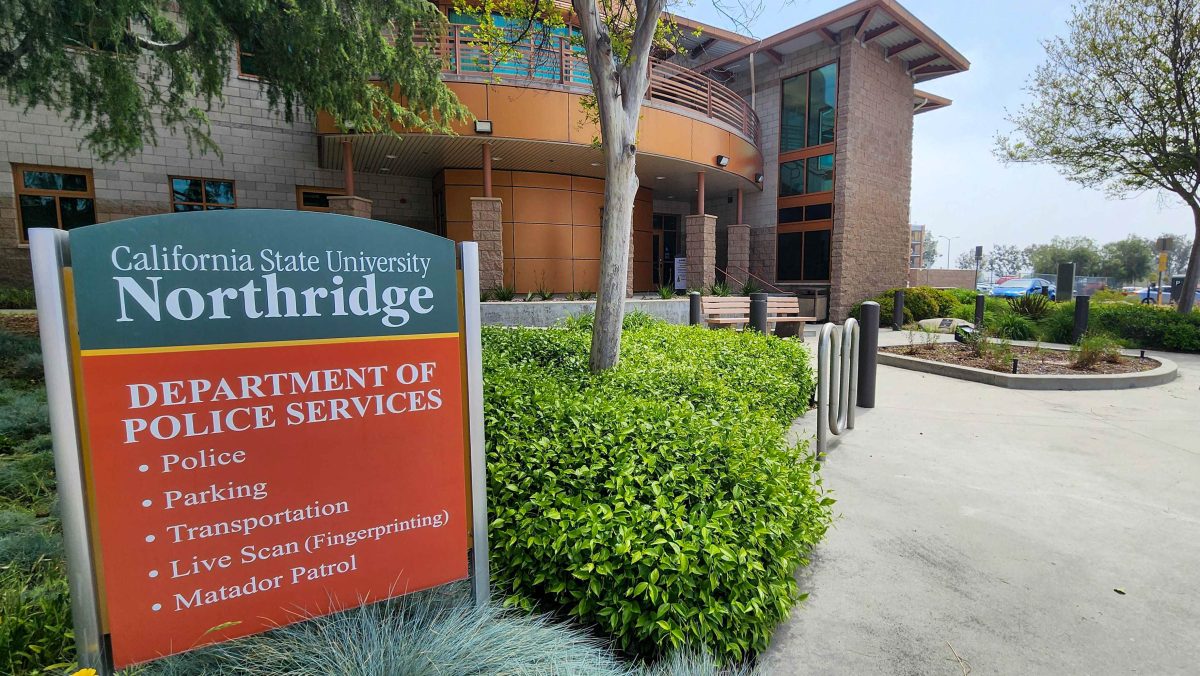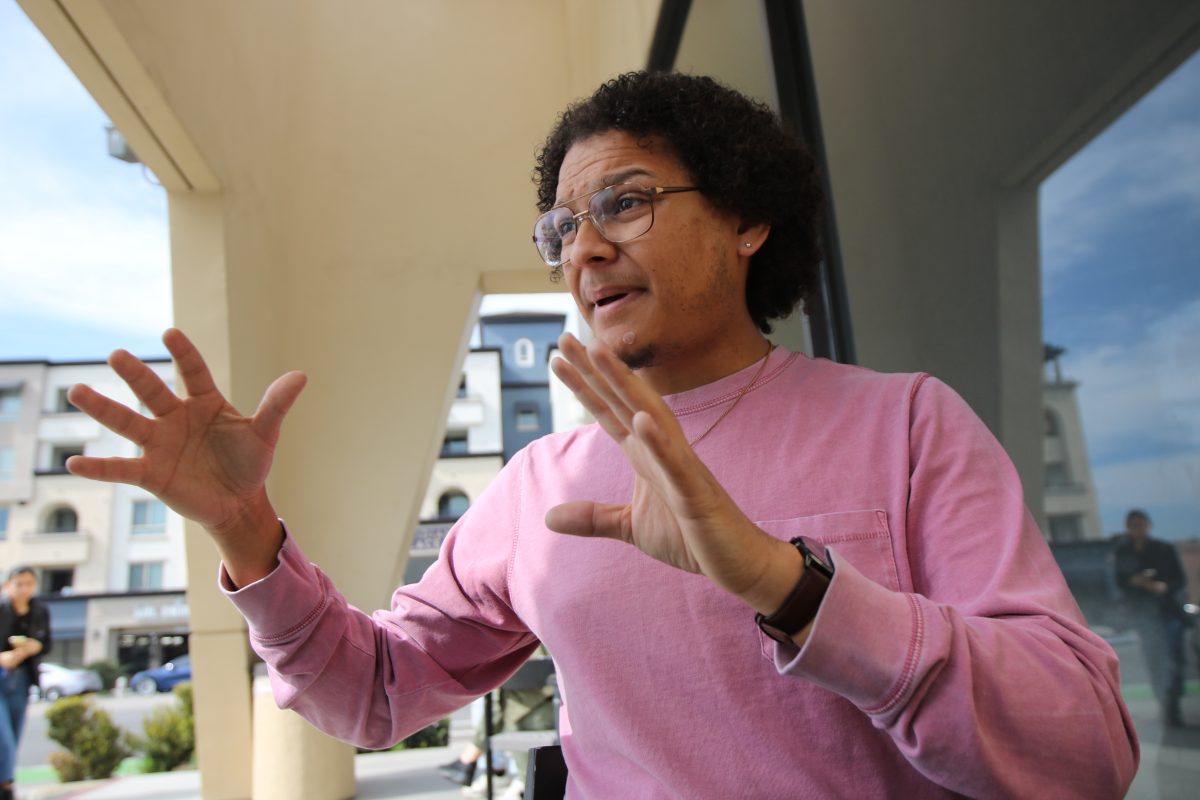The new director of the DuBois Hamer Institute will be presenting her ideas on the future of the W.E.B DuBois and Fanny Lou Hamer Institute Tuesday at 9:30 a.m. at the Whitsett Room in Sierra Hall.
The institute, which started in 1997, was designed after the ideas put forth by DuBois and Hamer for students of color, specifically African-American students, to maximize their potential and have leadership roles, said Theresa White, the new director. The Institute is run under the College of Social and Behavioral Sciences.
White stepped in as director this semester and has a lot of ideas for the future of the institute.
“I want to make this institute a viable entity on this campus,” White said.
White and her student ambassadors have done research and have found four problem areas affecting African-American students, which are just some of the most pressing issues that White said she would like to work on in the coming months.
Many students work with White, and many of them are just volunteering and don’t get class credit.
“The students are working diligently, above and beyond,” White said.
Junior Deshonay Dozier, child and adolescent development major, is one of the student ambassadors. Her job as an ambassador is to help with the community outreach, research and planning.
“Being a student ambassador has opened up a wide range of professional and personal development for me,” Dozier said.
Dozier said she wanted to get involved in the institute because of her passion for higher education.
“The DuBois Hamer Institute encompasses the values of empowerment, development, and achievement for students of color,” Dozier said. “I feel that the institute will be a vital structure at CSUN that will enhance the graduation rates of students of color in higher education.”
With the research that White and the student ambassadors have done, they have identified four problem areas that need some attention.
The first is a health literacy initiative for females that will focus on anorexia, obesity and encourage safe sex.
The second is the academic achievement of males because research has shown that a disproportionate amount of African-American males are dropping out.
The third is digital multimedia literacy.
“Its important students are tech savvy, especially in the job market,” White said.
The fourth is financial literacy. Students are graduating with credit card debt and student loans and it’s important for students to be aware of spending and investing.
Right now, students are doing research on the organizations that are doing the same kinds of work. White said she is working on establishing relationships and prioritizing ideas.
The institute is for faculty, staff, students and the community. Students are learning and excelling outside of the classroom, White said.
“It can add substance and texture to the college experience,” White added.
White said she decided to get involved with the organization because it had an agenda to work toward enhancing experience on campus, and she felt there is a need for students to have a place where they can feel involved and active in the CSUN community.
“My mission is to enhance students’ experience and mentor them as they develop into well-rounded student leaders,” said White.
Karin Stanford, previous director of the Institute, said when she was director she focused on outreach and retention. There was a study done on support systems.
Stanford said many African-American students were lacking support systems since they are usually a first generation college student.
Stanford, during her time as director, also worked with the hip-hop think tank, which allowed students to express ideas using hip-hop as a medium.
She also took students to conferences to help them enter graduate school, a move that White and Dozier said they would like to do, too.
“I would like to see the institute hosting a conference for students and professionals all over the country about student empowerment and achievement,” Dozier said.
White is also in the process of developing an advisory board consisting of academics, community engagement, and professionals working in the marketplace to help promote student research involvement and prepare them for graduate schools.
White also said she wants to get more committed students involved.
Stanford said the students she worked with have moved on and done great things.
White will also be looking to generate income partnerships and grants to help support the institute next spring.
Stanford said one of the challenges is the lack of funding.
The Institute does not have a budget of its own, but it does get some money from the university.
White said she hopes many will attend her presentation and offer comments and suggestions for collaborations and community engagement initiatives.





